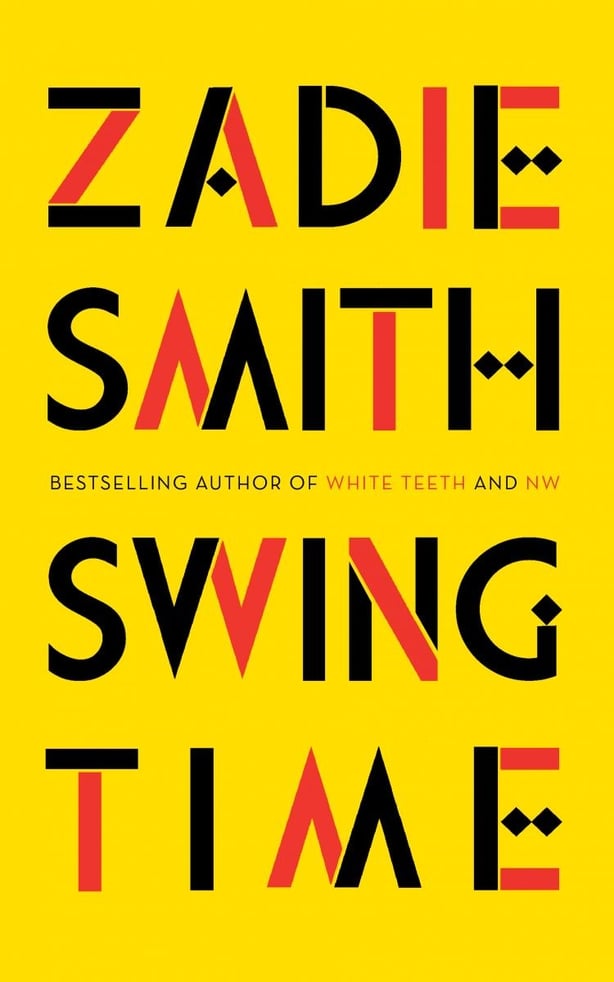Zadie Smith's latest novel is a contemplative examination of life, as told through the eyes of its unnamed female protagonist. The story jumps through time and space, (although not chronologically) from 1930s America, to 1980s England and 20th century West Africa. This examination begins with the childhood friendship of two little mixed race girls growing up in London, who's friendship was founded in part, on their shared love of dance.
Very early on, however, we realise that only one little girl, Tracey, is gifted with the rhythm and pizzazz of a natural dancer, while our protagonist, being born with two flat feet, is not. Thus her role of voyeur is established and continues long past the duration of the pair's friendship, which comes to an abrupt end when the girls are in their early twenties.
To a certain extent, the main character is an outsider and as such inhabits a unique position from which to observe the world as 'rings began to form and harden around me'. She experiences the world in parts, a never-ending series of cultural differences such as those 'defined by colour, class, money, postcode, nation, music, drugs, politics, sports, aspirations, languages, sexualities'.

Unable to cement herself in the world in her own right, she relies on her relationships, or lack thereof, with those that surround her. A Caribbean mother obsessed with bettering herself and not living within the perceived confines of her heritage, class or gender. A childhood best friend, Tracey, who seems to have everything our protagonist desires, and the superstar employer living life on a whim and fancy 'in that huge game of musical chairs I turned round one day and found I had no place to sit'.
Smith's novel attempts to capture the syncopation of life by echoing the mechanisms of its title. To play music in swing time is to divide notes into different sections and parts, stealing one beat and adding it to another. Even though the way the notes are played may vary, the overall effect is the same; one continuous rhythmic swinging melody. Despite the jumps in time and place, each character's life is intrinsically tied to those around it, shaped by an overall structure no matter the divergence in how they choose to live it.
Smith's eloquent skills as a writer and voyeur are evident, not only from her use of beautifully articulate and seamless language but the means through which she tells her story. The story does not shove itself down your throat with its observations and philosophical ponderings on this 'parade of tribes'. Instead, it artfully finds the delicate threads that bind society together and gently weaves them throughout the story, via music, dance, politics and culture.
I must admit I was holding out the 453 pages for the ending of the novel. I was sure it had been building it up to some awe-inspiring revelation or was going to overwhelm me with a wonderful sense of poignancy, and was rather disappointed to find it didn't do either. Then again, perhaps that is the point Smith is trying to make - there is no big revelation that can make sense of it all. Life goes on and all you can do is live it, in whichever way you choose.
Grace Keane

